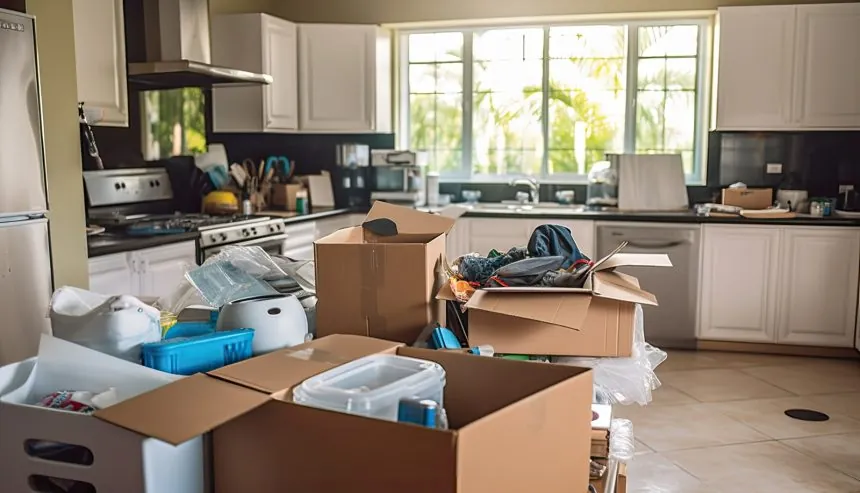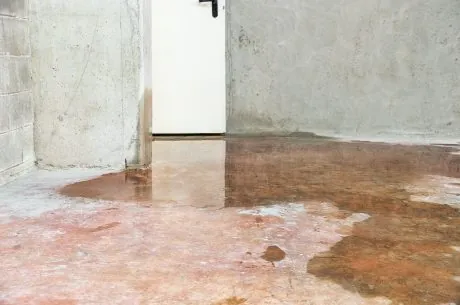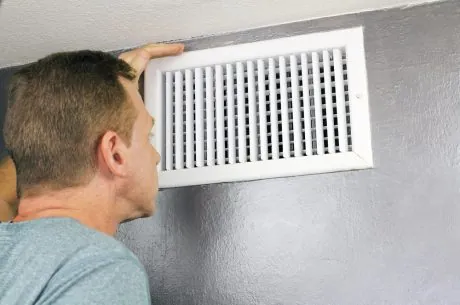Pack-outs are essential services performed by restoration companies to help property owners recover after property damage caused by water, fire, or mold. This process involves removing and transporting damaged property to a secure location for processing and restoration.
In this article, you will learn what a packout is and what happens during one. Let’s go!
What is a Packout?
A packout service is an essential service that helps ensure the safety, care, and proper entire restoration process of your belongings, providing peace of mind during a challenging time.
Benefits of a Packout:
- Minimized Risk: Protects belongings from further damage during the structural restoration of the property.
- Enhanced Restoration: Allows for more specialized and thorough restoration techniques than might be possible on-site.
- Organized Process: Ensures a systematic and documented approach, aiding in insurance claims and overall efficiency.
Packout Steps
Initial Inspection and Assessment
During the initial inspection and assessment, restoration professionals conduct a comprehensive evaluation of all affected contents to determine their potential for restoration to pre-loss condition. This critical first step involves several key activities:
- Detailed Examination: Each item is meticulously examined to assess the extent of the damage. This involves looking for signs of water damage, smoke residue, structural integrity issues, and other types of deterioration. The goal is to understand the full scope of damage that each item has sustained.
- Identification of Pre-Existing Damage: Restoration professionals carefully identify and document any pre-existing damage to ensure that only new damage related to the recent event is considered in the restoration plan and insurance claim.
- Documentation and Record-Keeping: Each item’s condition is thoroughly documented through detailed notes, photographs, and inventory lists.
- Estimation of Losses: Based on the inspection and documentation, restoration professionals can provide a detailed estimate of the losses. This estimate includes the cost of restoration and any items that may need to be replaced entirely.
- Decision-Making: After the initial assessment, restoration professionals will discuss their findings with you. They will inform you about which items can be restored, the methods that will be used, and any items that may not be salvageable items.
Securing Non Packout Items
Securing non packout items involves protecting items that do not need to be packed out for off-site restoration. These items are secured on-site to prevent further damage while structural repairs are underway.
By isolating and protecting these items, restoration professionals can ensure they remain safe throughout the restoration process.
In-Place Cleaning
In-place cleaning is a method where items are cleaned on-site to avoid the risks associated with transporting fragile or oversized items.
This technique is particularly useful for preventing additional damage from acidic residues, which can cause further deterioration if not promptly addressed. Cleaning items in place helps preserve their condition and reduces the complexity of the restoration process.
Handling Small Items
Handling small items involves a detailed and careful process where each item, such as kitchen utensils, cookware, and storage containers, is individually wrapped in paper, boxed, labeled, and inventoried.
This meticulous approach ensures that every small item is accounted for, protected during transportation, and easily retrievable when needed. Proper labeling and inventory management are critical to maintaining order and ensuring nothing is lost or damaged.
Inspecting Large Items
For inspecting large items like upholstery and wooden furniture, restoration professionals often use high-intensity light to detect all existing damages.
This thorough inspection is essential for accurately assessing the restoration needs of large items. By identifying all pre-existing conditions, professionals can develop a tailored restoration plan that addresses each item’s specific requirements.
Inventory Documentation
Inventory documentation is a critical aspect of the packout process, providing a detailed and systematic record of all items being restored. This documentation serves several essential purposes:
- Comprehensive Record-Keeping: Restoration professionals create detailed inventory sheets that list all items involved in the restoration process. Each item is cataloged with specific information, including:
- Description: A clear and concise description of the item (e.g., “wooden dining table,” “leather sofa”).
- Condition: Notes on the current condition of the item, including any pre-existing damage and new damage caused by the loss event.
- Photographs: Visual documentation of the item’s condition through photographs, which provide a clear before-and-after comparison.
- Pre-Existing Damage Documentation: By noting any pre-existing damage, the inventory documentation helps distinguish between damage that was already present and damage resulting from the recent incident.
- Insurance Claims Support: The detailed inventory sheets are an invaluable resource for filing insurance claims. They provide:
- Evidence: Clear evidence of the condition and value of each item before and after the loss, supporting your claim’s validity.
- Estimates: Information needed to create accurate cost estimates for restoration or replacement, aiding in negotiating settlements with insurance companies.
- Transparency and Accountability: Providing you with a copy of the inventory sheets ensures transparency throughout the restoration process. You can track the status of your belongings, verify their condition, and have a clear understanding of what is being done.
- Reference for Restoration Professionals: The inventory documentation serves as a reference for restoration professionals, guiding their work and helping them prioritize tasks based on the condition and value of each item.
- Tracking Progress: As the restoration progresses, the inventory documentation is updated to reflect any changes in the condition of items, completed restoration tasks, and any items that may need further attention.
- Return and Reinstallation: When the restoration is complete, the inventory documentation assists in the organized return and reinstallation of items.
Transportation and Loading
During transportation and loading, items are carefully packed and secured in a covered box truck. Restoration professionals use pads and appropriate packing protocols to protect items during transit.
This packout step is crucial in the pack-out process to prevent any further damage while items are being moved from one location to another. Proper handling and secure transportation are key to maintaining the integrity of the items being restored.
Monitoring and Communication
Monitoring and communication are vital components of the packout and restoration process. Restoration professionals continuously oversee the progress of the restoration work, ensuring that everything is proceeding according to plan and addressing any issues that arise promptly.
Regular updates are provided to keep you informed about the status of your claim and the restoration progress. This ongoing communication ensures transparency and allows you to stay engaged with the process. By receiving frequent updates, you can make informed decisions and provide any necessary input or approvals before the items are returned to your home or business.




